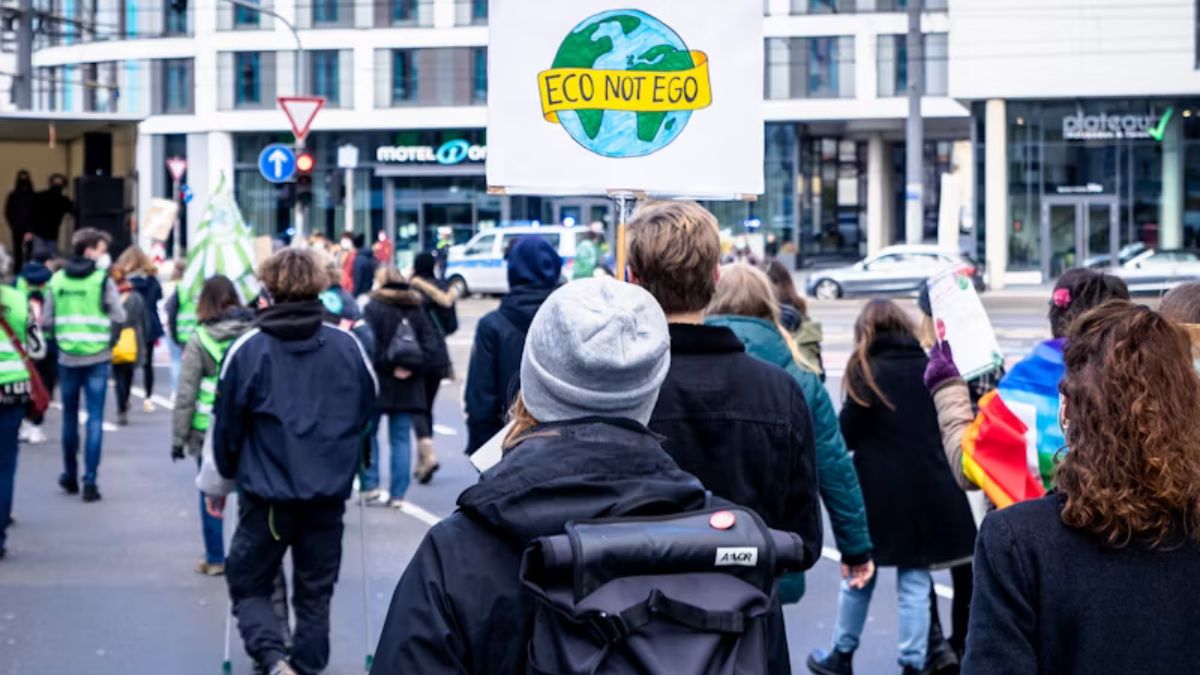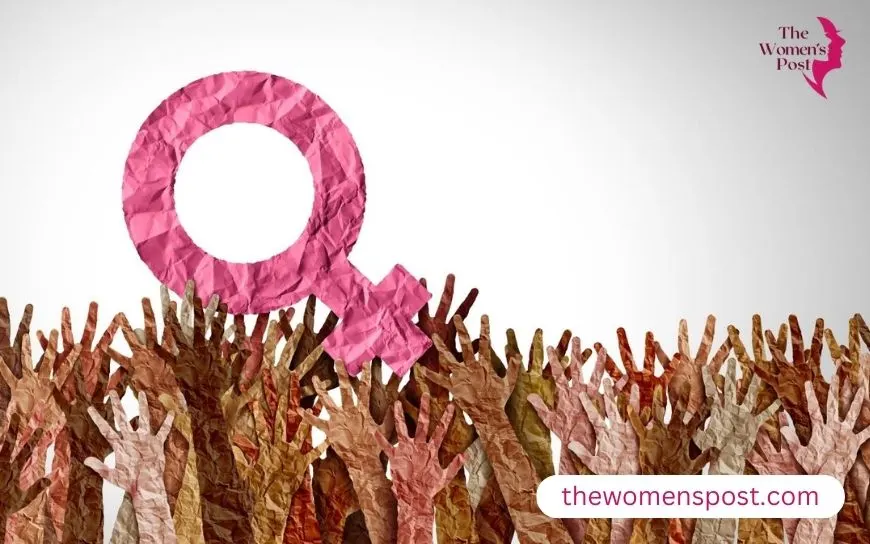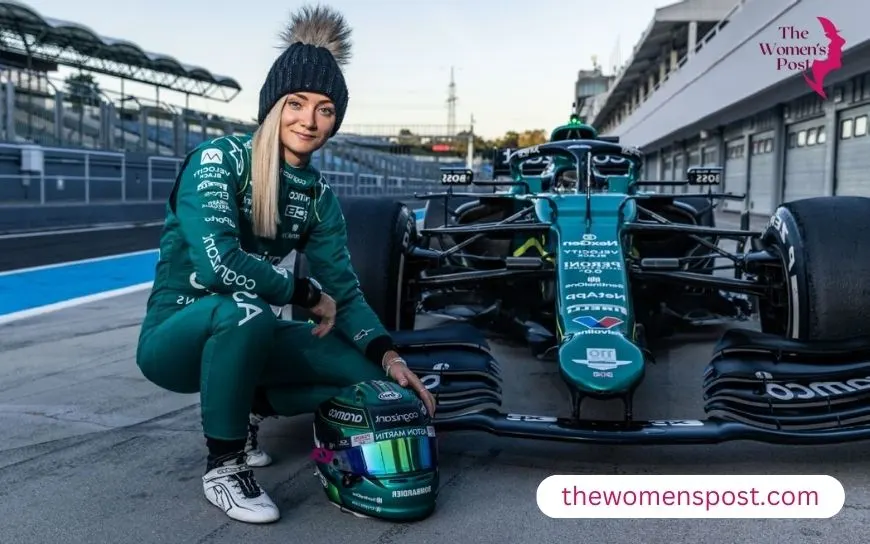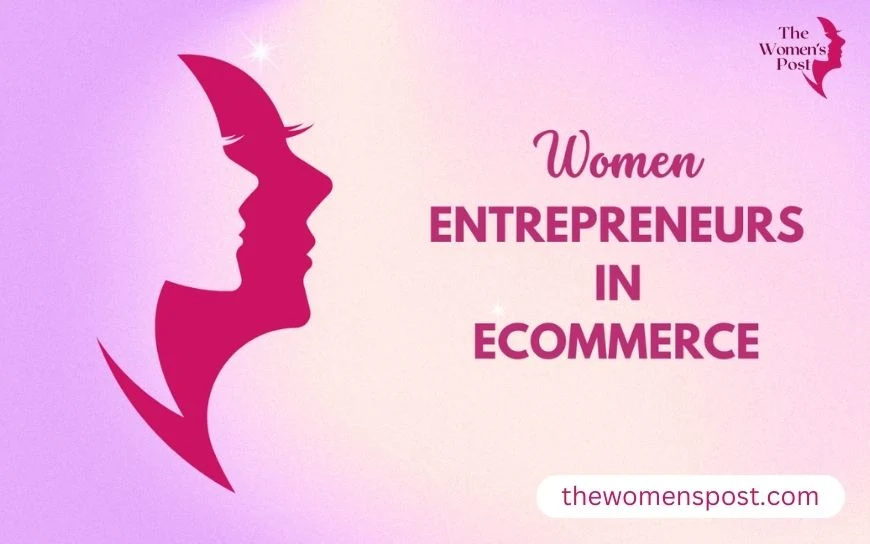Guardians of the Earth: Women Pioneering the Climate Change Agenda

Climate change is one of the most serious issues of our day, and women around the world have risen as formidable advocates for environmental sustainability. Their distinct viewpoints, rooted in their work as carers, community leaders, and environmental stewards, have fuelled innovative and influential campaigns. Let’s explore the five extraordinary women-led initiatives that are influencing the global climate action narrative:
The Chipko Movement
In the 1970s, a group of rural women in Uttarakhand, India, launched a breakthrough environmental effort to safeguard their forests from devastation. The Chipko Movement, which means “to hug” in Hindi, featured women physically embracing trees to prevent loggers from felling them. This modest but effective deed became a symbol of opposition to environmental exploitation.
The Chipko Movement, led by women such as Gaura Devi, highlighted the link between environmental degradation and marginalised groups’ livelihoods. The forests offered not only timber, but also fire, fodder, and water, all of which were necessary for living. By advocating for sustainable resource use, these women raised global awareness of the need of grassroots environmental action.
The Chipko Movement’s legacy lives on as a model for community-driven conservation activities, emphasising the crucial role women play in protecting natural resources.

Greta Thunberg and Fridays for Future
Greta Thunberg, a Swedish teenager, sparked a global movement for climate change with her simple but powerful message: “Listen to the science.” In August 2018, she went on a lone school strike outside the Swedish Parliament, demanding tougher action against climate change. Her commitment inspired the Fridays for Future campaign, which has since mobilised millions of young activists worldwide.
Thunberg’s leadership has drawn unprecedented attention to the importance of climate action, with an emphasis on holding governments accountable. Women and girls have led the campaign through rallies, policy advocacy, and public education.
By combining grassroots activism and social media outreach, Fridays for Future has developed an inclusive platform for young women to lead and inspire change.Thunberg’s relentless advocacy underscores the power of youth and women in driving global movements.

Wangari Maathai and the Green Belt Movement
Wangari Maathai’s vision of a greener, more sustainable future became a reality in Kenya with the Green Belt Movement. Founded in 1977, this effort sought to counteract deforestation, soil erosion, and water scarcity by encouraging communities, particularly women, to plant trees.
Maathai, the first African woman to receive the Nobel Peace Prize, recognised that environmental protection was inextricably tied to social and economic development. The Green Belt Movement repaired degraded ecosystems by teaching women in tree planting and sustainable land management, while simultaneously providing livelihoods and strengthening community resilience.
To date, the effort has planted more than 51 million trees in Kenya, inspiring similar initiatives around the world. Maathai’s work demonstrates how women’s leadership can turn environmental issues into possibilities for progress and empowerment.

She Changes Climate
She Changes Climate is a global program that promotes women’s participation in climate leadership and decision-making. Founded in 2020, the campaign arose from the realisation that women’s views were under-represented in important climate discussions, such as the United Nations’ COP conferences.
She Changes Climate’s advocacy for gender-balanced leadership teams emphasises the importance of varied viewpoints in developing effective climate solutions. Women, who are disproportionately affected by climate change, bring valuable perspectives and innovations to the table.
The movement’s advocacy has spurred critical conversations about the importance of inclusive government in solving climate challenges. Their work reminds us that putting women in positions of leadership is not only about parity, but also about creating long-term solutions.

Indigenous Women’s Leadership
Indigenous women have long been guardians of their lands, contributing essential traditional wisdom to climate action. Nemonte Nenquimo, an indigenous Waorani chief from Ecuador, is a prime example of such leadership. Her efforts to safeguard the Amazon rainforest from oil extraction have received international attention.
In 2019, Nenquimo spearheaded a major judicial win that safeguarded 500,000 acres of Waorani territory in the Amazon. Her work emphasises the link between indigenous rights and environmental protection, underlining the critical role that women play in safeguarding their communities and ecosystems.
Similarly, indigenous women around the world, including Canada’s Autumn Peltier and Australia’s Pacific Island leaders, are advocating for climate justice and resilience. Their initiatives highlight the significance of combining traditional ecological knowledge and current climate strategies.

Women’s Unique Contribution to Climate Action
The stories of these women-led movements reveal a similar theme: the connection of environmental stewardship and social justice. Women’s leadership in climate action is frequently defined by:
- Community-Centric Approaches: Women prioritise sustainable practices that benefit whole communities.
- Innovative Solutions: They address challenging challenges by combining traditional knowledge and current technologies.
- Resilience and Advocacy: Women’s movements usually connect climate action to larger problems such as equity and human rights.
Challenges and the Way Forward
Despite their outstanding achievements, women-led climate movements confront numerous challenges, including a lack of finance, institutional resistance, and gender-based violence. To address these impediments, systemic changes are required, such as more investment in women’s projects, policy reforms to promote gender equity, and stronger protections for activists.
By elevating women’s voices and supporting their leadership, we can develop more inclusive and effective climate solutions. These five movements indicate that women are not just participants, but also crucial leaders in the battle for a sustainable future.
Women are crucial leaders in the global fight against climate change. The five movements highlighted here, ranging from grassroots activity in the Chipko Movement to global lobbying in She Changes Climate, exhibit the transformative power of female leadership. These efforts target not only environmental degradation, but also broader issues of social justice and equity.
As climate change continues to have an influence on the planet, it is critical to raise women’s voices and take action. Their inventive ideas, community-centered initiatives, and unrelenting advocacy chart a course for a more sustainable and equitable future. By removing institutional hurdles and promoting inclusivity, we can realise the full potential of women-led climate action and pave the road for long-term global change.









